

A grizzled roadie hands me a guitar and gestures stage-ward, the muffled roar of an impatient crowd growing louder. Wait, what? No, don’t make me go up there, roadie man. I haven’t practiced! I look down at the foreign instrument in my hands, then ahead at a churning sea of lights and young people stretching to the horizon. This is a nightmare. WANG! I hit my first strum and the crowd...cheers wildly? I nail a slow-moving note string - more cheers. You know, as an exercise in ego stroking, this isn’t bad. They love me.
Returning after five years on sorely-needed hiatus, the sixth mainline Guitar Hero gives you something to sing about, its star feature a live-action crowd comprised of real people reacting as you play to them from first-person. It’s surreal. This is the next step in music games, the ultimate realisation of the rock star fantasy. Who wants to impress infinitely looping polygonal people when approval from peers is a few guitar licks away? Looking back into their adoring eyes as they reach over barriers to grasp at your greatness or storm the stage to party with you is an almost magical experience, however lame that sounds as I sit on my beanbag playing a plastic guitar the size of a small banjo.
The fantasy breaks somewhat when you realise just how fickle these fans are. They have two emotions - fawning and furious. Missing some notes will see them scrunch their faces, swap their ‘You rock’ signs for ‘Get off’, and ring out a melodic harmony of boos. Get the next note succession right though and they’ll revert to sycophantic adoration, formally frowning bandmates once mouthing WTFs now flashing thumbs-up. It’s disconcerting, like those mind-people from Inception who suddenly attack when they discover you’re an imposter.
You can understand the reason for it. FreeStyleGames capturing hundreds of actors then using technology to multiply the crowd, all while combing through them to check no one is flipping off the camera, sounds like a logistical nightmare, and recording two fully synced-up videos for each song - one nice and one nasty - must have been bloody expensive. Still, you can’t fail, so while your pride might be bruised when everyone starts staring at their phones, your time is never wasted.
Unfortunately, and for obvious reasons, old Guitar Hero instruments are not compatible with Guitar Hero Live, and neither are songs you’ve purchased. As for prices, expect to pay $99/£74.99 for the guitar and game pack, and $149.99/£119.99 for the double guitar and game pack. In Rock Band 4, comparatively, you can bring across the majority of tracks you already own, provided you’re playing on the same account and platform, as well as use your old microphones, drums and guitars, again provided it’s on the same platform.
That’s not to say this is easy. An authentic new guitar model teaches fresh techniques. Replacing five frets situated along a single row are two rows of three, allowing for different tablature that pulls your fingers into shapes closer to those of actual guitarists. With only three notes on a row, you’re never struggling with digit placement on a horizontal plane, and with a single row beneath, you're less likely to end up in knots laterally. Unlike before, you don’t need to move along the neck to hit different colours - simply, the top row of notes is black, the bottom white. Notes nearly organised into left, middle, and right are more readable on the scrolling highway.
Challenge comes on higher difficulties that up the tempo and ask you to play chords by holding different notes on different strings simultaneously. It's one you'll relish, at once more compounded and more complex. Along with a live crowd, the new guitar again advances the genre.
Where Guitar Hero Live feels too radical a departure is in how it organises its library. On the disc (Live mode) you’ve got 42 tracks, with another 200 online in TV mode. Live mode tracks are set to the first-person videos described above, while TV mode tracks are limited to official music videos and sometimes gig footage. So really, Guitar Hero Live’s headline feature is restricted to less than a quarter of the songs as the other 200 turn that festival fantasy into cheap pub karaoke.
Well, cheap is the wrong word. See, in Live mode you can play songs over and over, but in TV mode you have to purchase ‘plays’. Let’s say you give Vampire Weekend a go, mess it up, then want to retry. This counts as two plays, and since there’s no practice mode, you can only hone your skills in the heat of the moment. If your mum calls you down for dinner, you’ll have to say, “But mum, this is my play!” You’ll have to actually say that. You buy plays with Hero Cash. 25 plays, for example, costs 1,125 in Hero Cash, which is around £3. Granted, it’s not too expensive, but costs mount. It’s an unnecessary alternative to buying tracks, one in which you rent rather than own.
Several features soften the blow on your wallet, however. Firstly you get ten plays for free, and completing songs and ranking up earns more. You can purchase plays through a second currency called gold coins - a currency you can also earn by completing songs, ranking up, and simply logging in every day. In my experience each song offers around 130 coins, while logging in earns about 600 (play consecutive days and that number rises). To put that in perspective, ten plays costs 6,000 gold coins to buy, so although you technically don't have to spend any extra money in TV mode, you do have to grind.
Channels broadcast themed song selections (the indie programme, the metal programme, etc.) which change every half an hour, and you can play here freely for coins. To its credit, it’s impeccably produced, a nostalgic nod to when they actually played music on MTV, and you’ll likely discover a few gems you otherwise wouldn’t. However, it’s a case of frequently playing songs you don’t like so you can earn the right to infrequently play songs you do.
Given the strength of a starry tracklist though, it’s hard not to feel the pull of the party pass, which gives you unfettered access to every track for 24 hours if you pay £4.79. It's ideal for a party as the name suggests, but again, it would have been cheaper to let you purchase a few songs you love rather than 200 you like. Buy a Party Pass five times and that's almost £20 - I'd rather spend the same amount on 20 tracks I know I'm going to fire up repeatedly.
It's a shame, because these are killer tracks, cooler and more contemporary than Rock Band's dad picks. Featuring The War On Drugs, Courtney Barnett, Foster The People, MGMT, Ed Sheeran, Elbow, Royal Blood, Eminem, Guitar Hero Live rides the vibe of current rock, pop, hip-hop, indie and metal - the music landscape as it is rather than as it was (see the lot right here). Activision promises weekly DLC, calling Guitar Hero Live a platform rather than yearly product, so you can only expect an already great assembly of artists to expand.
And as a final example of a great game made less so by poor choices, most of the on-disc songs are initially locked. If you want to jump into Club Foot by Kasabian in quickplay mode, for instance, you have to play the gig in which it features within Live mode, and gigs last about ten minutes each. Not ideal.
Guitar Hero Live ensnares the ephemeral rock star dream like no other rhythm action game before it, bottles it, and puts it in one of those hotel fridges that charges loads. It’s a jukebox to continually slot coins into when all you want to do is thump it to life Fonzie-style. It’s epic wish fulfillment for anyone who’s ever danced alone in their room picturing themselves playing Glastonbury, only predominantly more expensive than an air guitar.
So this or Rock Band 4? The latter's reaction to your ability is more nuanced, the backwards compatibility a big pull, the pricing system more natural and it lets you play drums. Guitar Hero Live has a slightly superior guitar peripheral and on-disc tracklist, and certainly the makings of being the best music game ever made. But that's still Rock Band 4.
This game was reviewed on PS4.
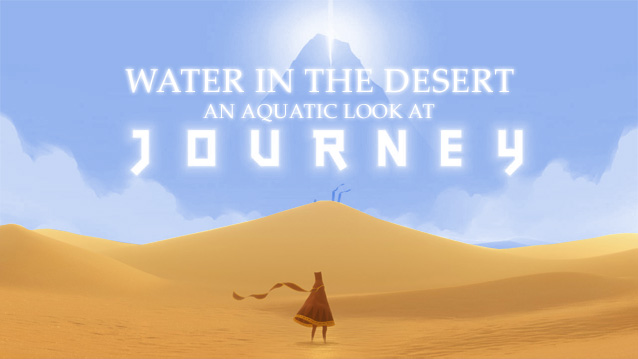

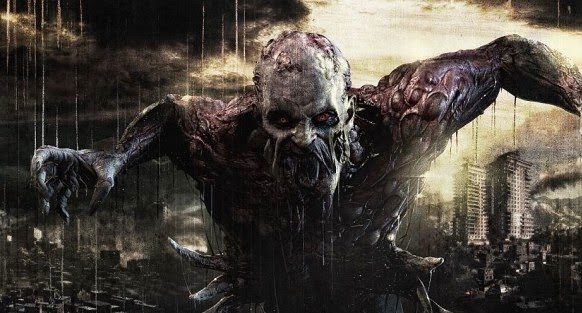
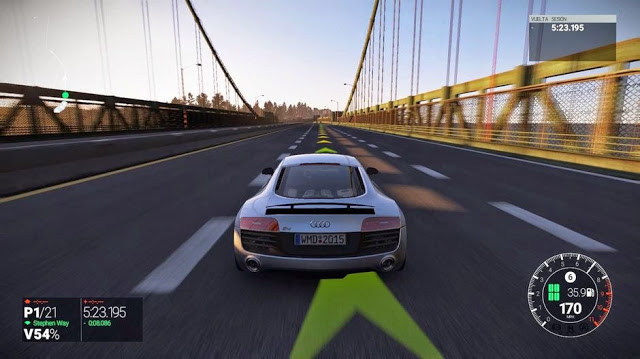
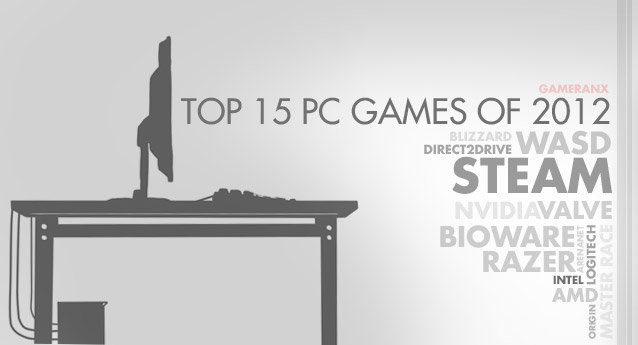 Top 15 PC Games of 2012
Top 15 PC Games of 2012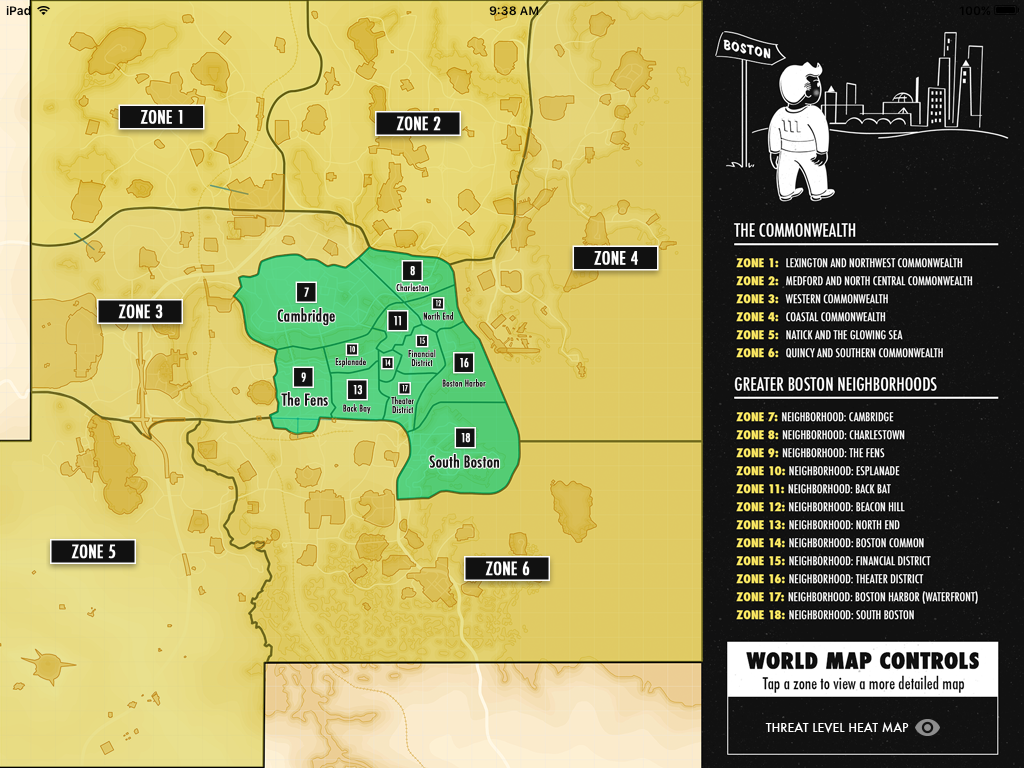 Fallout 4 Guide: All Bobblehead and Magazine Locations With World Map - Spoiler Fee
Fallout 4 Guide: All Bobblehead and Magazine Locations With World Map - Spoiler Fee Destiny: TTK Quest – How to Get Sleeper Simulant
Destiny: TTK Quest – How to Get Sleeper Simulant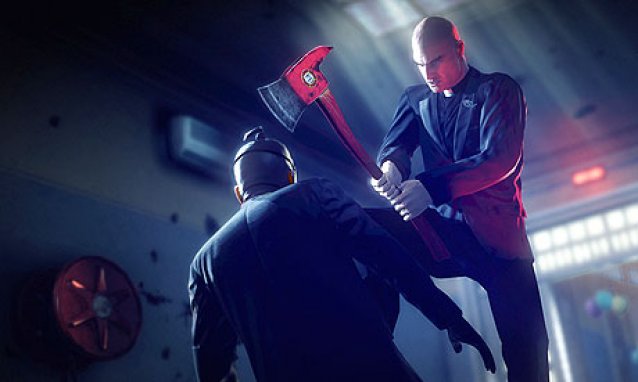 Hitman: Absolution Review Coverage Raises Questions Over Ethics in Games Journalism
Hitman: Absolution Review Coverage Raises Questions Over Ethics in Games Journalism Round 2: Audio Logs in Watch Dogs
Round 2: Audio Logs in Watch Dogs